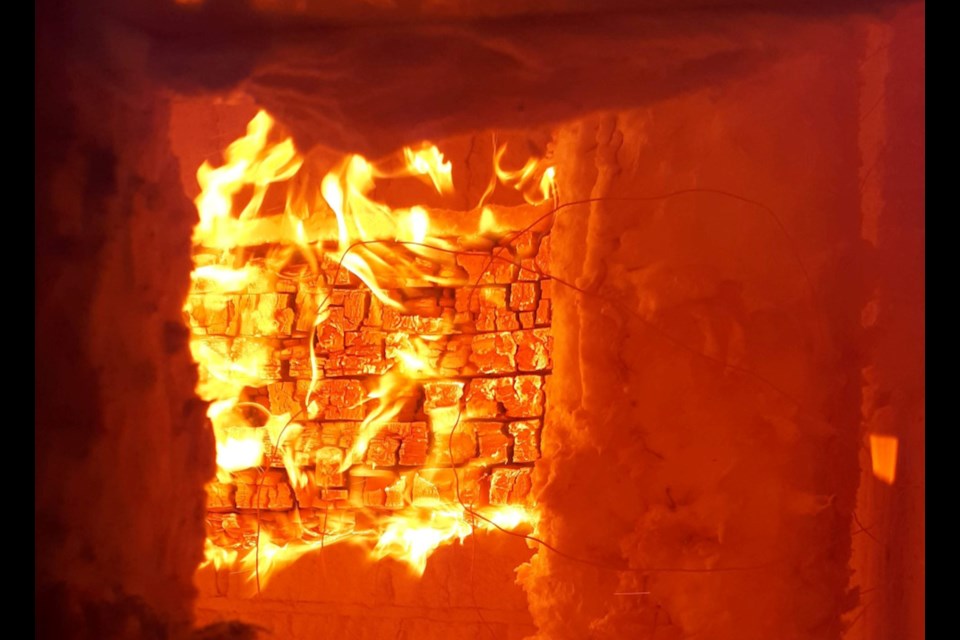Two Lakehead University researchers in Thunder Bay are building a better case for taller mass timber-constructed buildings.
Sam Salem, associate professor and chair of the civil engineering department, and graduate student Cory Hubbard have developed, tested and patented an innovative timber beam-column connection that offers greater fire protection between building components for this increasingly popular method of construction.
The new connection configuration utilizes two fully concealed, mechanically fastened steel rods in glulam beam sections. The fire performance of the connection that they designed achieves one hour of resistance from fire without any additional protection.
They tested the timber beam-column connection at the Fire Testing and Research Laboratory at Lakehead.
An abstract of their work can be read here.
"Currently, an exciting trend in building design is the growing use of mass timber in high-rise buildings,” Salem said in a news release. “With advanced research on the structural fire performance of innovative building systems, mass timber tall buildings can reach heights comparable to those made of other materials such as concrete and steel.
“Fire is a serious hazard for all buildings regardless of the construction material in use,” he added. “Advantageously, and unlike light-frame wood construction, mass timber like the glulam sections utilized in the innovative beam-to-column connection in this research char on the outside when exposed to fire while retaining strength and slowing combustion.”
Their connection configuration has received a patent certificate from Innovation, Science and Economic Development Canada and is patent-pending in the U.S.
“I followed the model ‘keep it simple’ when designing this connection,” Hubbard stated in the release.
“It is strong and simple to create, has repeatable results, and looks good, too. It will please both the architect and the engineer for its concealed design and performance in fire with no addition of extra ugly fire protection.”
The research was funded through a grant from the Natural Sciences and Engineering Research Council of Canada (NSERC).




